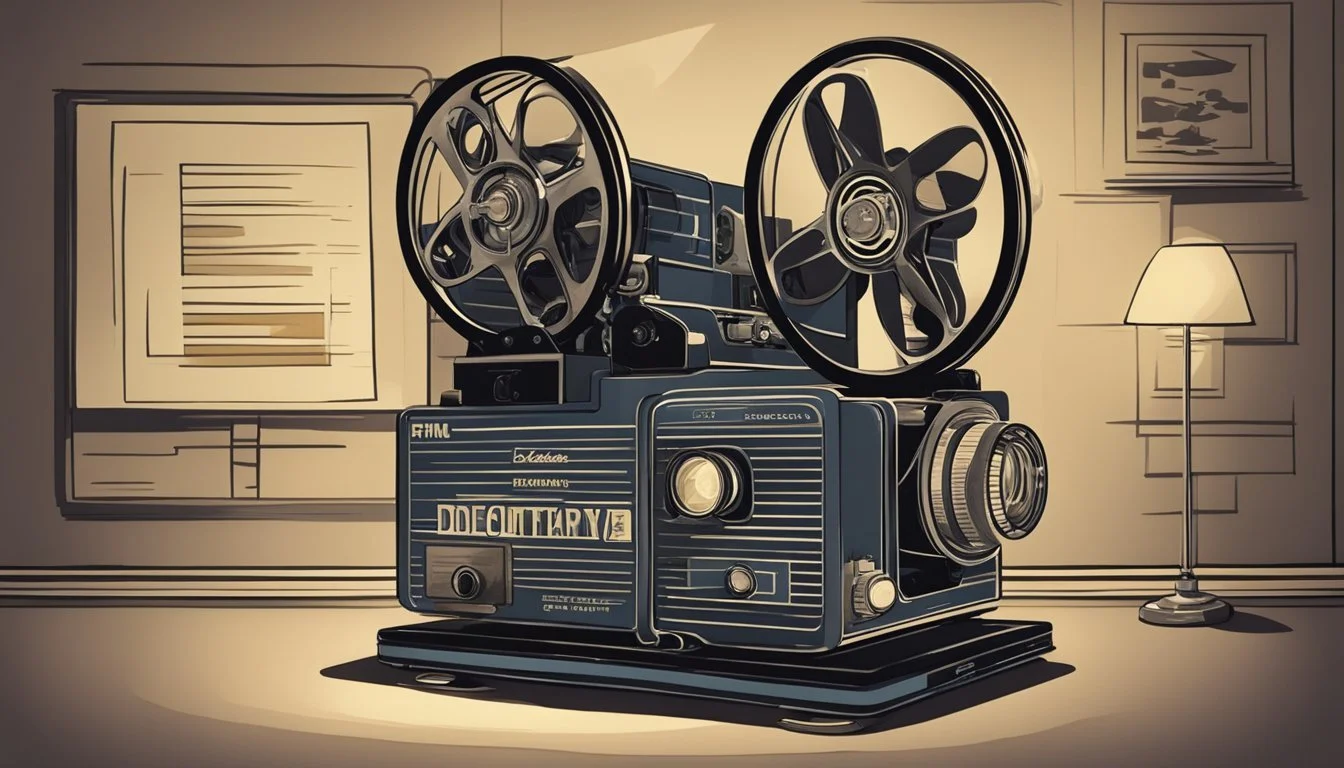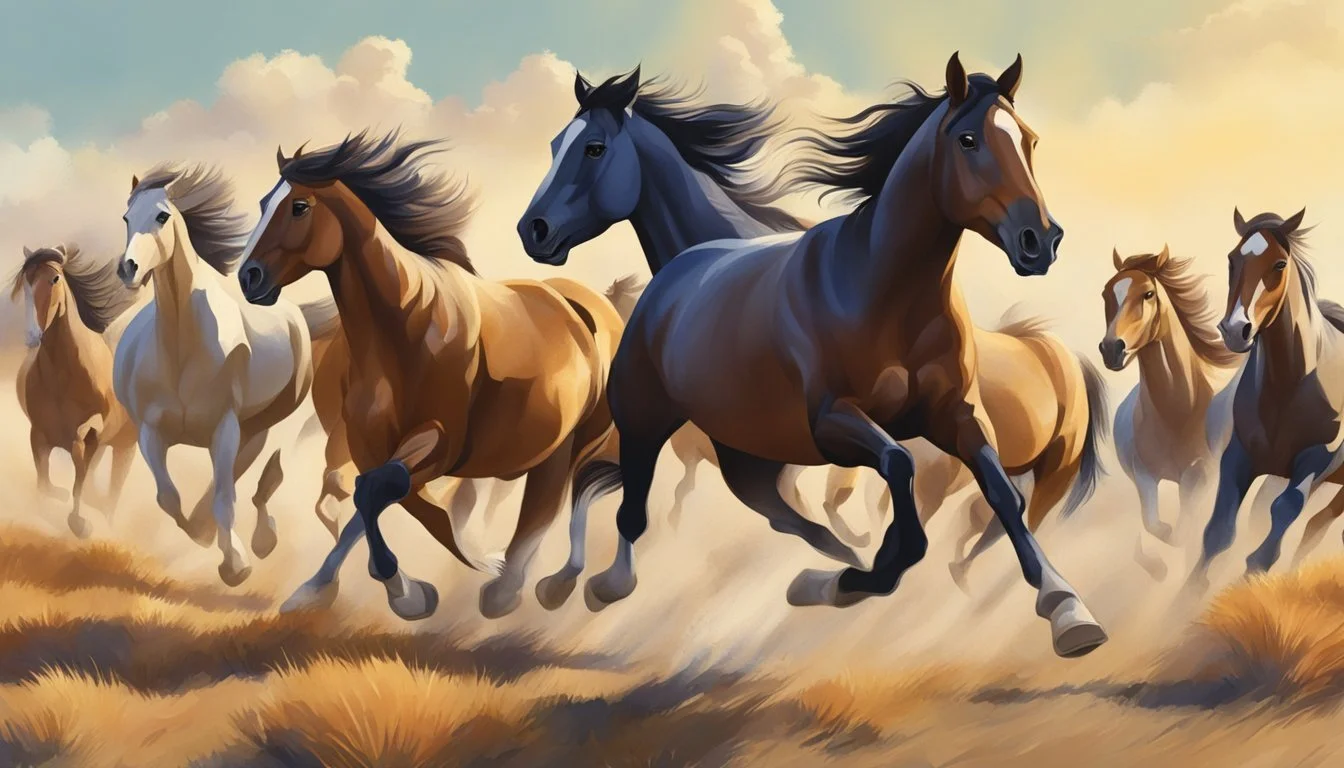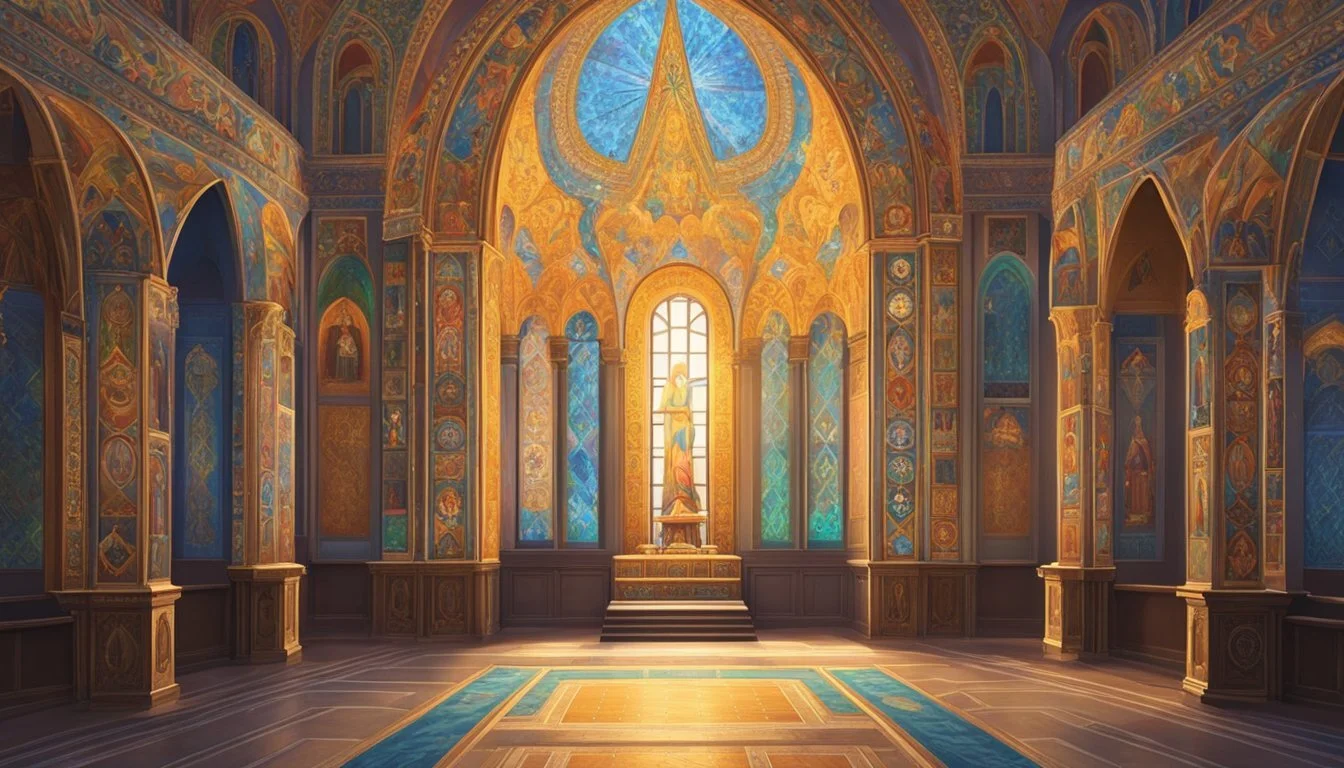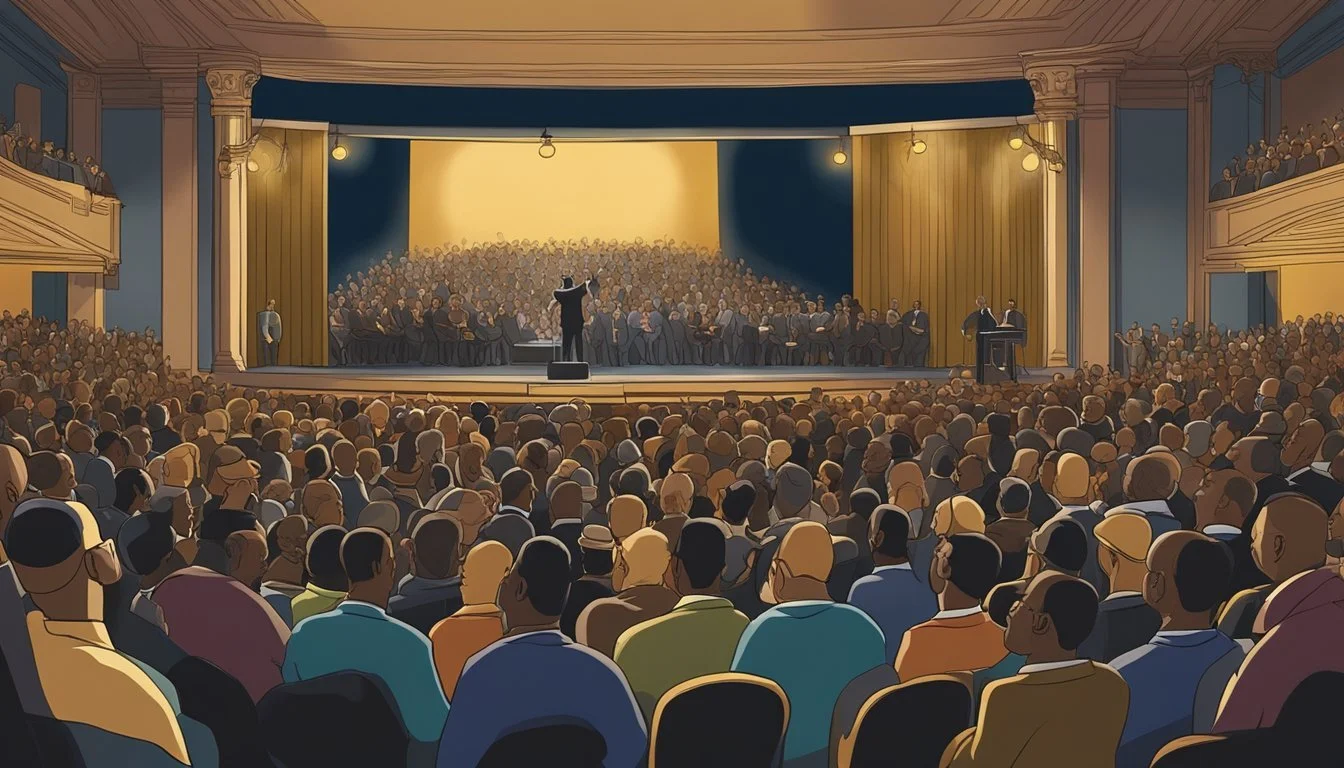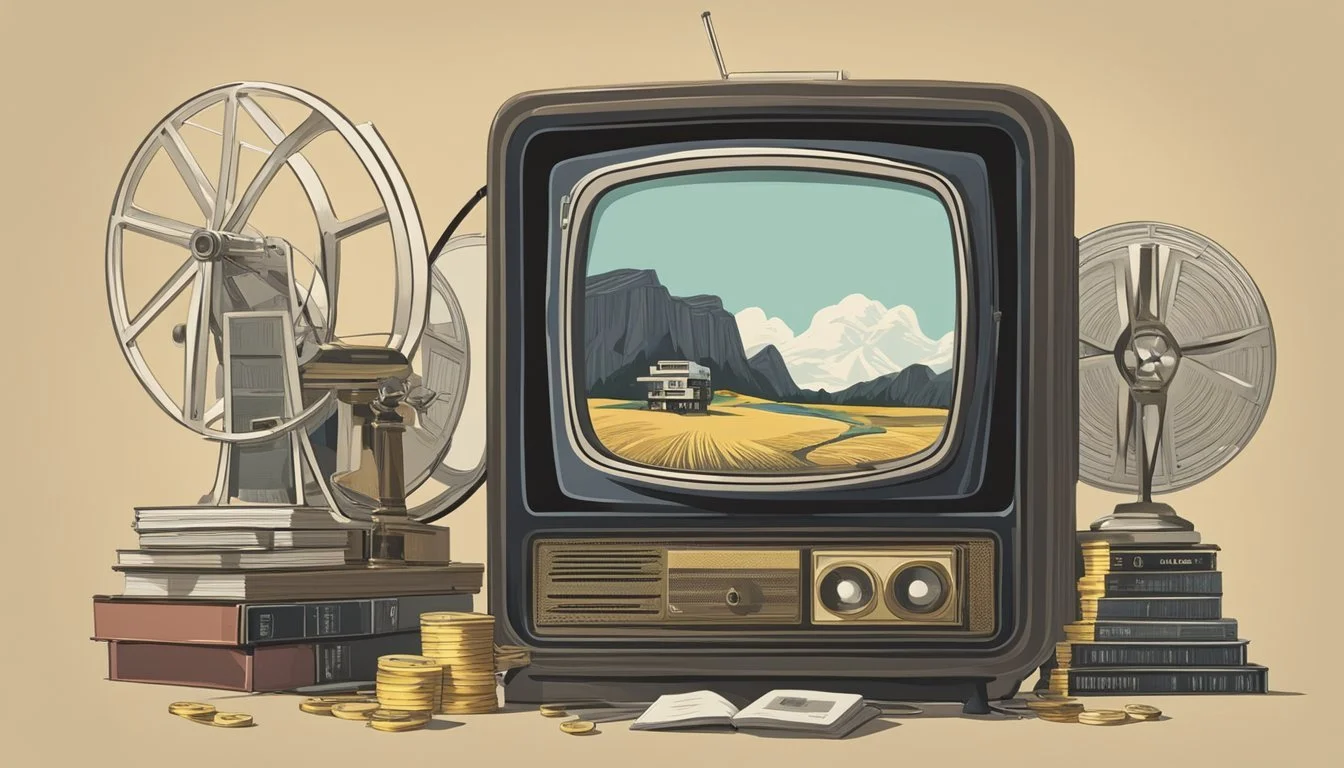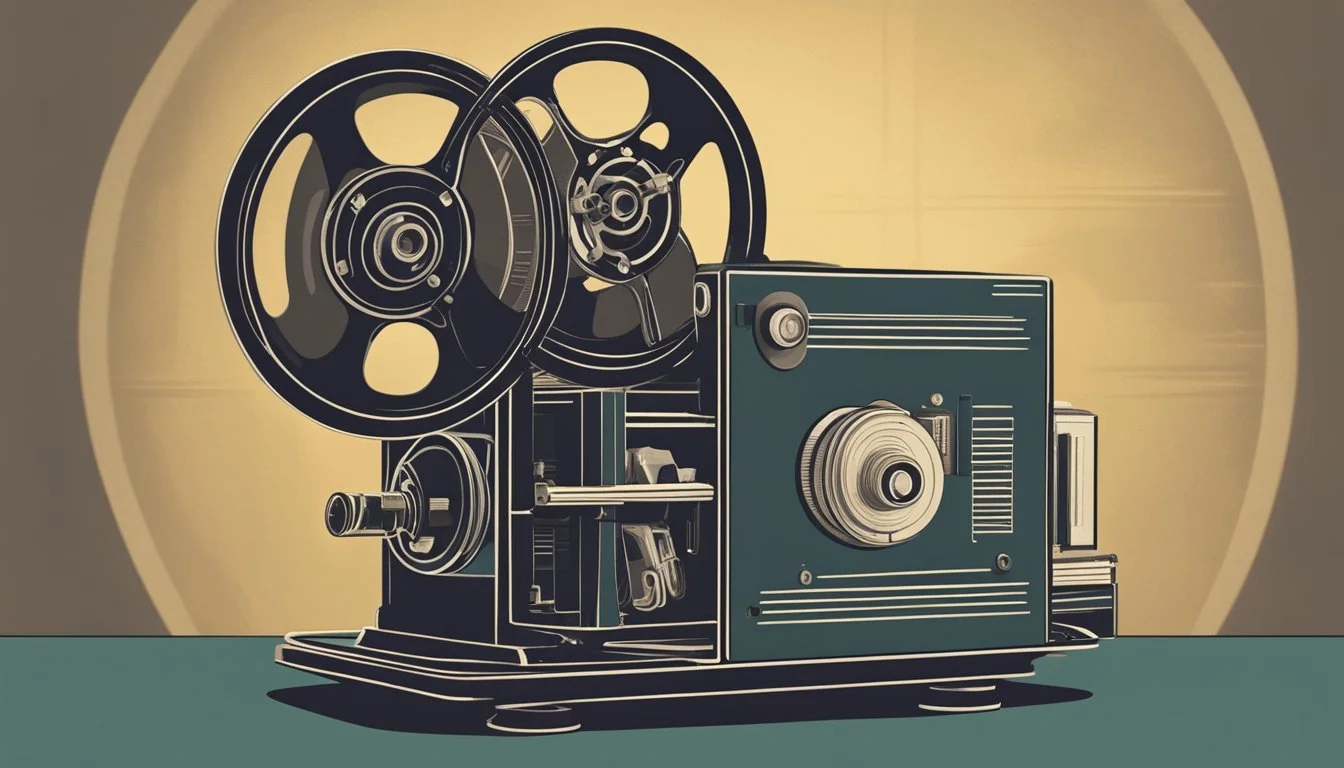Top Documentaries of 1966
Essential Viewing from a Pivotal Year
The year 1966 marked a pivotal moment in documentary filmmaking. As the world underwent rapid social and cultural changes, documentaries emerged as powerful tools for capturing and commenting on these transformations. Filmmakers pushed boundaries and experimented with new techniques to tell compelling stories and shed light on important issues.
Some of the most influential and memorable documentaries of 1966 continue to resonate with audiences today. These films covered a wide range of topics, from politics and social movements to art and music. They not only documented their times but also helped shape public opinion and contributed to ongoing conversations about society, culture, and the human experience.
1) The Endless Summer (1966)
"The Endless Summer" is a groundbreaking surf documentary directed by Bruce Brown. The film follows two California surfers, Mike Hynson and Robert August, as they travel the globe in search of the perfect wave.
Brown's narration brings a wry, sardonic tone to the adventure. The soundtrack, featuring twangy guitar instrumentals by The Sandals, complements the silent footage perfectly.
The surfers' journey takes them to exotic locations including Senegal, Ghana, Nigeria, South Africa, Australia, New Zealand, Tahiti, and Hawaii. Along the way, they encounter colorful local characters and experience diverse cultures.
Despite facing unexpected challenges, Brown's resourceful filmmaking captured the essence of surfing culture. The documentary showcases stunning coastal scenery and impressive surfing footage.
"The Endless Summer" became a cultural phenomenon, inspiring generations of surfers and travelers. It remains a beloved classic in the surf film genre.
2) The Battle of the Somme (1916)
"The Battle of the Somme" stands as a groundbreaking documentary from 1916. This British production offers a stark portrayal of World War I's Western Front.
The film captures the build-up and initial stages of the Somme offensive. It features authentic footage of soldiers preparing for battle and advancing across no man's land.
Cinematographers Geoffrey Malins and John McDowell risked their lives to capture the harrowing scenes. Their work provides an unparalleled glimpse into the realities of trench warfare.
The documentary achieved immense popularity upon release. It drew large audiences in Britain and allied countries, shocking viewers with its raw depiction of combat.
"The Battle of the Somme" remains a significant historical record. It offers valuable insights into early war reporting and propaganda techniques.
More information on "The Battle of the Somme" (1916)
3) Chelsea Girls (1966)
Chelsea Girls is a groundbreaking experimental film directed by Andy Warhol and Paul Morrissey. Shot at the Hotel Chelsea in New York City, it offers a provocative glimpse into the lives of several young women residing there.
The film stands out for its innovative split-screen technique, presenting two reels simultaneously with a single audio track. This unique approach immerses viewers in multiple narratives simultaneously.
Chelsea Girls features many of Warhol's "Superstars," including Nico, Ondine, and Brigid Berlin. Their unscripted performances blur the lines between reality and fiction, creating a raw and authentic portrayal of 1960s counterculture.
At over three hours long, Chelsea Girls challenges traditional cinematic conventions. Its non-linear structure and improvisational style reflect Warhol's avant-garde artistic vision.
The film achieved commercial success, marking a turning point in Warhol's career. It remains a significant work in the underground film movement of the 1960s.
More information on Chelsea Girls
4) Year of the Horse
"Year of the Horse" is a 1966 American drama film directed by Irving Sunasky. The movie tells the heartwarming story of a young boy from Chinatown who befriends an elderly Central Park carriage driver.
When the driver's horse dies, the boy rallies his friends to help cheer up the old man. The film explores themes of friendship, compassion, and cultural understanding in New York City during the 1960s.
Gabriel Mason stars as the young boy, with Bradley Joe and Alvin Lum in supporting roles. Mary Mon Toy also appears in the cast, adding authenticity to the Chinatown setting.
"Year of the Horse" offers a unique glimpse into the lives of Chinese Americans and their interactions with other New Yorkers during this period. The film's portrayal of intergenerational friendship and community spirit resonated with audiences.
While not widely known today, "Year of the Horse" remains a charming artifact of 1960s American cinema, blending urban drama with cultural commentary.
5) The Knowledge of Healing (1996)
"The Knowledge of Healing" is a documentary that explores traditional Tibetan medicine. Directed by Franz Reichle, the film offers an in-depth look at this ancient healing system.
The documentary examines the principles and practices of Tibetan medicine, which combines herbal remedies, diet, and spiritual elements. It features interviews with practitioners and patients, showcasing the effectiveness of these traditional methods.
One highlight is the film's exploration of the Gyushi, an ancient Tibetan medical text. The documentary explains how this text forms the foundation of Tibetan medical knowledge and practice.
The film also touches on the role of the Dalai Lama in preserving and promoting Tibetan medicine. It shows how this healing tradition has gained recognition beyond Tibet's borders.
"The Knowledge of Healing" presents a balanced view of Tibetan medicine, neither dismissing it as pseudoscience nor overstating its capabilities. The documentary provides viewers with a thoughtful examination of this centuries-old healing tradition.
6) The Inner World of Aphasia (1968)
The Inner World of Aphasia is a groundbreaking medical training film directed by Edward Feil and Naomi Feil. It offers a unique perspective on patients with aphasia, a condition that impairs language abilities due to brain injury.
The film follows the experiences of aphasia patients through their recovery journeys. It stands out for its innovative artistic direction and empathetic approach to portraying individuals with this condition.
Co-director Naomi Feil, a social worker specializing in communicating with language-impaired patients, delivers a powerful performance as a nurse learning to cope with aphasia. This adds authenticity and depth to the film's portrayal of the condition.
The Inner World of Aphasia has been recognized for its significant contribution to medical education and patient understanding. In 2015, it was added to the National Film Registry, highlighting its cultural and historical importance.
More information on The Inner World of Aphasia
7) A Time for Burning
"A Time for Burning" (1966) is a groundbreaking documentary that examines racial tensions in Omaha, Nebraska. Directed by William C. Jersey, the film follows Lutheran minister L. William Youngdahl as he attempts to bridge the divide between white and Black congregations.
The documentary provides an unfiltered look at the challenges of integration during the civil rights era. It captures candid conversations among church members, revealing deeply held beliefs and prejudices.
Jersey's fly-on-the-wall approach allows viewers to witness raw, honest discussions about race. The film showcases both progress and resistance within the Lutheran community as they grapple with social change.
"A Time for Burning" received critical acclaim and was nominated for an Academy Award for Best Documentary Feature. Its unflinching portrayal of racial dynamics in 1960s America continues to resonate with audiences today.
The film's exploration of faith, community, and social justice offers valuable insights into a pivotal moment in American history. It serves as a powerful reminder of the ongoing struggle for equality and understanding.
More information on "A Time for Burning"
8) Andrei Rublev: The Passion According to Andrei (1966)
Andrei Tarkovsky directed this Soviet epic biographical film about the 15th-century Russian icon painter Andrei Rublev. The original version, titled "The Passion According to Andrei," ran 205 minutes long.
The film faced censorship during the Brezhnev era in the Soviet Union. It was subsequently re-edited and shortened to 183 minutes, which became known as "Andrei Rublev."
Tarkovsky's work explores themes of artistic freedom, religious faith, and medieval Russian history. The narrative unfolds through a series of loosely connected episodes depicting Rublev's life and the turbulent times he lived in.
The film's innovative structure and striking black-and-white cinematography garnered critical acclaim. It is now considered a masterpiece of world cinema and one of Tarkovsky's greatest achievements.
"The Passion According to Andrei" provides a rare glimpse into Tarkovsky's original vision for the film before censorship and editing altered its form.
More information on Andrei Rublev
9) Louis Armstrong: Satchmo (1966)
Louis Armstrong: Satchmo offers an intimate look at the life and career of the legendary jazz trumpeter and singer. The documentary features rare footage of Armstrong performing and interviews with the musician himself.
Directed by Edward R. Murrow and Fred W. Friendly, the film explores Armstrong's rise from humble beginnings in New Orleans to international stardom. It showcases his innovative trumpet playing and distinctive gravelly voice that revolutionized jazz.
The documentary highlights Armstrong's influence on American music and his role as a cultural ambassador during the Cold War era. It includes performances of classic songs like "What a Wonderful World" and "Hello, Dolly!"
Louis Armstrong: Satchmo provides valuable insights into the artist's personality, work ethic, and impact on 20th-century music. The film serves as a tribute to Armstrong's enduring legacy in jazz and popular culture.
More information on Louis Armstrong: Satchmo
10) To Kill a Mockingbird (1962)
To Kill a Mockingbird is a powerful adaptation of Harper Lee's Pulitzer Prize-winning novel. Directed by Robert Mulligan, the film stars Gregory Peck as Atticus Finch, a lawyer in 1930s Alabama defending a Black man falsely accused of rape.
The movie explores themes of racial injustice and loss of innocence through the eyes of Finch's young daughter Scout, played by Mary Badham. It masterfully captures the novel's essence, bringing Lee's characters and small-town Southern setting to life.
Gregory Peck's performance as Atticus Finch is particularly noteworthy, earning him an Academy Award for Best Actor. The film also features the debut of Robert Duvall as the mysterious Boo Radley.
To Kill a Mockingbird received critical acclaim upon its release and has since become a classic of American cinema. Its honest portrayal of racism and injustice continues to resonate with audiences decades later.
More information on To Kill a Mockingbird
Historical Context of 1966
1966 was a pivotal year marked by social upheaval, cultural shifts, and technological progress. The era saw significant changes that would shape society for decades to come.
Cultural and Social Movements
The civil rights movement gained momentum in 1966. Martin Luther King Jr. led marches in Chicago, advocating for fair housing practices. The Black Panther Party was founded in Oakland, California, focusing on black empowerment and self-defense.
The counterculture movement flourished. Psychedelic rock emerged as a dominant musical genre, with bands like The Beatles releasing groundbreaking albums. "Revolver" hit the charts, showcasing innovative recording techniques.
Anti-war sentiment grew as U.S. involvement in Vietnam escalated. Protests and demonstrations became more frequent on college campuses across the nation.
The women's rights movement gained traction. The National Organization for Women (NOW) was established, pushing for gender equality in various spheres of life.
Technological Advancements
Space exploration reached new heights in 1966. NASA's Gemini program completed its final missions, paving the way for the Apollo program and eventual moon landings.
The first soft landing on the Moon was achieved by the Soviet Union's Luna 9 spacecraft. This milestone provided the first close-up images of the lunar surface.
Computer technology progressed rapidly. IBM introduced its System/360 mainframe computers, revolutionizing data processing capabilities for businesses and institutions.
The development of integrated circuits accelerated, laying the groundwork for future personal computers and digital devices. This technology would transform communication and information processing in the coming decades.
Impact of Documentaries in 1966
Documentaries in 1966 profoundly shaped public discourse and advanced the art of non-fiction filmmaking. They brought important social issues to light and pushed the boundaries of the medium.
Influence on Society
Documentaries in 1966 exposed viewers to pressing social and political realities. Films like "The War Game" by Peter Watkins shocked audiences with its depiction of nuclear war's aftermath. This documentary's raw portrayal prompted widespread discussions about nuclear disarmament.
"A Time for Burning" tackled racial tensions in America, providing an intimate look at civil rights struggles. It sparked conversations about integration and racial equality across the country.
These films acted as catalysts for social change, inspiring activism and raising awareness of critical issues.
Contribution to Documentary Filmmaking
1966 saw significant advancements in documentary techniques. Filmmakers experimented with new approaches to storytelling and cinematography. The cinéma vérité style gained prominence, offering unfiltered glimpses into real-life situations.
D.A. Pennebaker's "Dont Look Back" followed Bob Dylan on tour, pioneering the rockumentary genre. Its fly-on-the-wall approach influenced future music documentaries.
"The Endless Summer" by Bruce Brown popularized the concept of surf documentaries. Its stunning visuals and global perspective expanded the genre's appeal beyond niche audiences.
These innovations paved the way for more diverse and creative documentary filmmaking in subsequent years.

